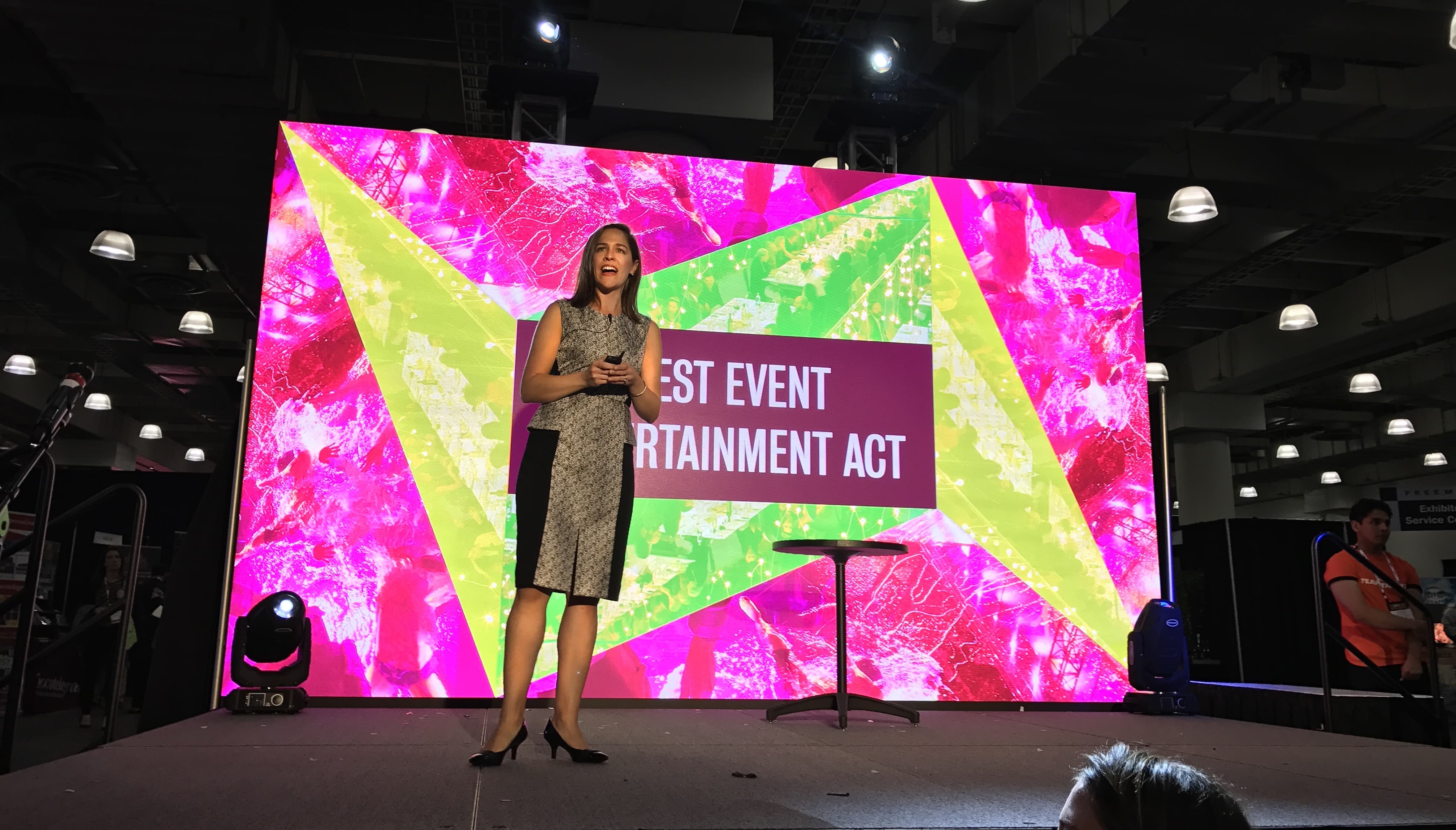Exploring the Diverse Integration Options Offered for Light Emitting Diode Wall Modules
Exploring the Diverse Integration Options Offered for Light Emitting Diode Wall Modules
Blog Article
Light Emitting Diode display units have secured traction for their capacity to deliver high-quality imagery in various settings, from corporate environments to event venues. One of the primary aspects of these systems is their connectivity capabilities, which allow users to connect them to multiple devices and systems. Understanding the diverse connectivity options supported for Light Emitting Diode wall panels is vital for enhancing their use and effectiveness. This article details these options, highlighting how they can cater to specific needs and preferences.
One frequent connection approach for Light Emitting Diode wall panels is HDMI. High-Definition Multimedia Interface is broadly recognized for transmitting crisp video and audio signals between devices. This interface type is especially useful in commercial environments, such as conference rooms or classrooms, where visual content or video content are often displayed. By using HDMI cables, operators can easily connect laptops, projectors, and streaming devices to Light Emitting Diode wall panels, guaranteeing a clear and vibrant presentation of media.
Another popular connectivity method is Display Port, which is similar to HDMI but offers enhanced benefits. DisplayPort can support higher refresh rates and display outputs, making it an ideal choice for gaming or graphic-intensive applications. For those deploying Light Emitting Diode wall panels in environments where output quality is critical, such as competitive gaming venues or creative workspaces, DisplayPort can provide the necessary visual clarity. Moreover, many modern computers and graphics cards feature DisplayPort connections, making it a practical solution for technology-oriented professionals.
In addition to HDMI and Display Port, cordless transmission options are becoming increasingly prevalent in Light Emitting Diode wall panel solutions. Wireless connections allow operators to transmit content without the requirement for physical cables, enabling a streamlined and more flexible setup. Technologies such as Wi-Fi and short-range communication allow users to link smartphones, tablets, and this page laptops seamlessly to LED wall panels without cumbersome wires. This versatility is particularly advantageous in fast-paced environments like trade shows or events, where quick changes to displays are often required.
For extensive deployments or more intricate configurations, network connectivity through wired networking is another reliable solution. Wired links provide a stable and reliable way to connect multiple LED wall panels within a full spectrum led panels network. This setup is suitable for digital signage use cases found in retail centers or airports, where numerous panels may need to display synchronized content across a wide area. By using network cabling and routing hardware, operators can guarantee that all linked panels receive uniform data and content seamlessly.
Lastly, it's important to consider the future of connectivity with technologies such as USB-C and Thunderbolt 3. These newer connection types offer increased data transfer rates and flexibility by allowing one connector to handle both energy transfer and data exchange. As more systems incorporate these protocols, Light Emitting Diode wall panels equipped with USB-C ports will likely become more common. This evolution in connectivity not only enhances the functionality of LED wall panels but also aligns with the growing trend of minimalism in hardware arrangements by minimizing the number of wires required.
In summary, examining the broad interface methods accessible for Light Emitting Diode wall panels uncovers many opportunities for users across various fields. From traditional approaches like High-Definition Multimedia Interface and Display Port to contemporary cordless technologies and LAN setups, each pathway serves unique functions suited to distinct needs. Furthermore, next-gen technologies like Universal Serial Bus-C offer further developments in how professionals utilize Luminescent Diode wall panels. By grasping these integration choices, individuals can make strategic selections that optimize their overall engagement with these multifunctional visual solutions.